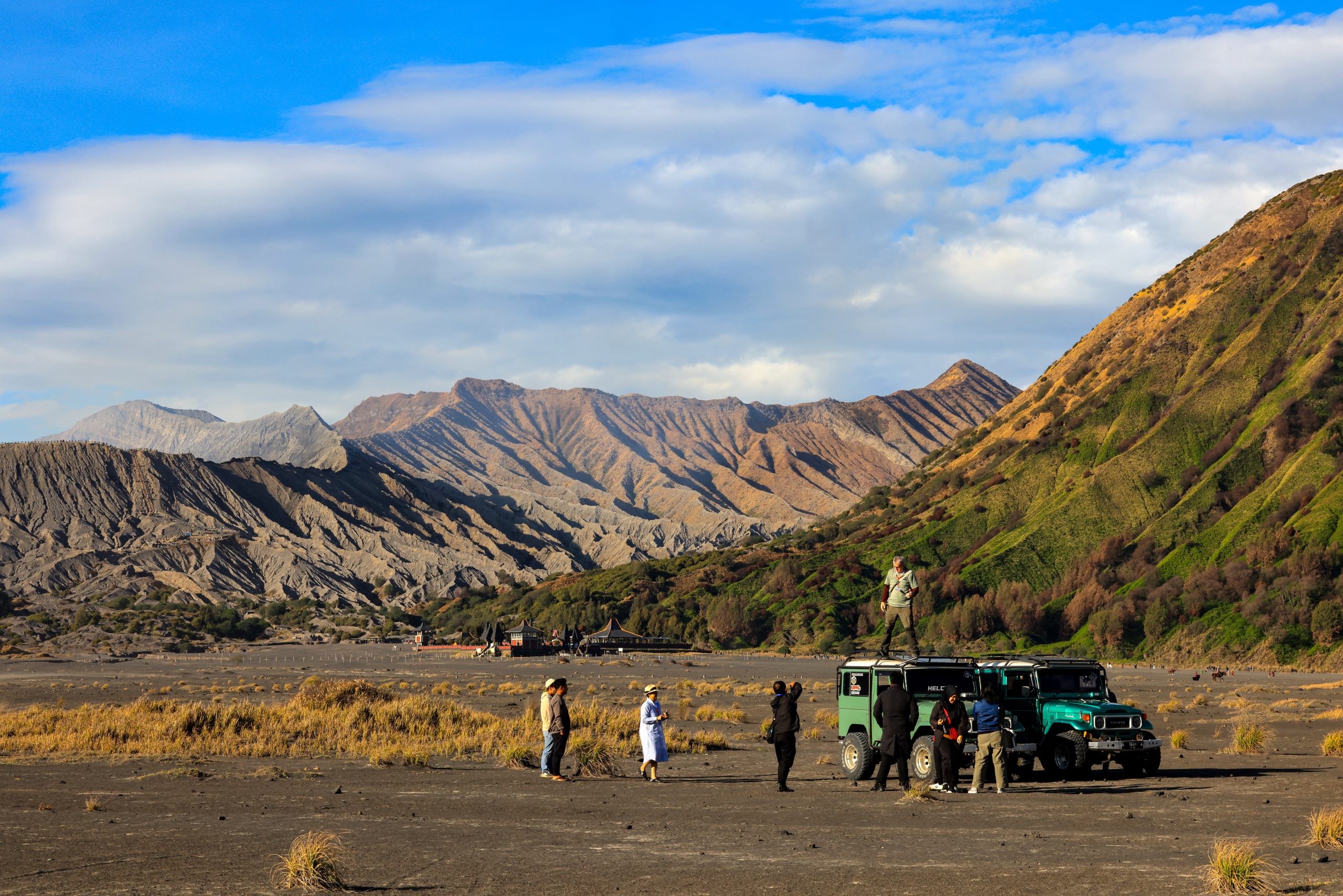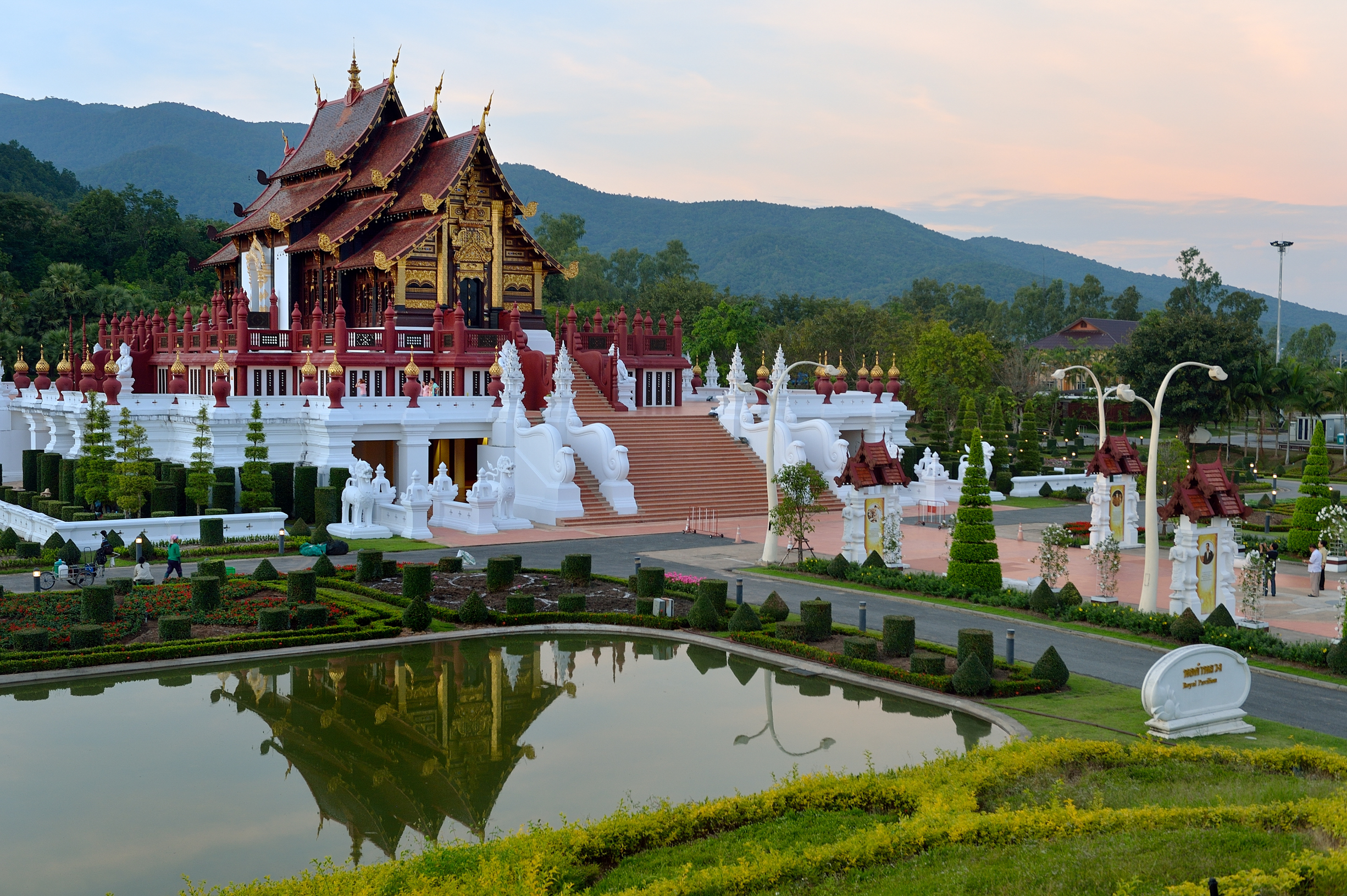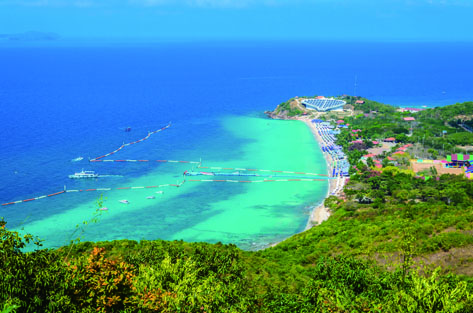
Adored by many who revel or relax in its nightlife and beaches, Pattaya isn’t one of Thailand’s more tranquil resorts.
The city along the Eastern Seaboard was once little more than a fishing village, and today it still revels in its nautical heritage.
During the Vietnam War in the 1960s, ports along the Gulf of Thailand came into use mostly by US military personnel for R&R, and with that came businesses to meet that demand.
Not only did this create an international buzz to Pattaya, it also left a legacy of go-go bars and nightclubs. Alongside the more garish trappings of reverie, even here there exists something deeper about Thailand: values such as hospitality and humility combined with a sense of humour.
Pattaya and the Eastern Seaboard have a more strategic economic role. This led to the region being dubbed the “Detroit of Southeast Asia” as auto manufacturers, parts suppliers and other Asian investors – notably Japanese – invested in Thailand.
Pattaya is also serious about business events, as evidenced by the Pattaya Exhibition and Conference Hall (PEACH), a convention centre at Nongnooch and the formation of the North Pattaya Alliance, a collaboration between the city government, the Tourism Authority of Thailand and major hotels.
Now the Eastern Seaboard provinces are being targeted with more than US$43 billion of new foreign investment over the next five years. An Eastern Economic Corridor is being developed to transform the business landscape from one reliant on manufacturing to sectors such as next-generation cars, smart electronics, medical and wellness tourism robotics, biomedical and more.
Infrastructure projects are planned to enhance connectivity in the area and with neighbouring Southeast Asian economies. This extends to China as Thailand looks to play a role in Beijing’s “Belt and Road” trade and development initiative.
Projects under the Eastern Economic Corridor include the upgrading of U-Tapao Airport and Laem Chabang Seaport; plus a high-speed railway and highways expansion. Underpinning this will be a new “bleisure” (business-leisure) destination for MICE groups with new ferry services bringing groups from Pattaya across the Gulf of Thailand to the royal summer retreat of Hua Hin. Hotels and suppliers are gearing up their product to play their part in Thailand’s new “Eastern Events Corridor” as TCEB, the nation’s convention bureau describes the area.

PATTAYA HOTEL UPDATES
Renaissance Pattaya Resort & Spa – This new opening (above) is eagerly adopting a “Business Unusual” approach to meetings and events, so much so that the brand has even trademarked the phrase. Meetings and events space at the 257-guest room hotel includes the Grand Ballroom, while the outdoor event spaces will offer groups a bar and stage and access to Pebbles Bar & Grill for a relaxed setting. The hotel forms part of a large development opposite the Thai-Austrian Technical College.
Mövenpick Siam Hotel Pattaya – This 260-guest room property was the first five-star outside Pattaya’s city centre and along Na Jomtien beach when it opened in 2016. There is a 392 sqm Siam Ballroom and three Marina meeting rooms.
Hilton Pattaya – The award-winning property has 302 guest rooms, a 640 sqm ballroom and three meeting rooms. With 34 levels and an outdoor infinity pool overlooking Pattaya’s main beach, it occupies pride of place along the city’s seafront.
Veranda Resort Pattaya – This M Gallery by Sofitel brand opened in April 2016 with a 300 sqm conference space that can host up to 220 people.
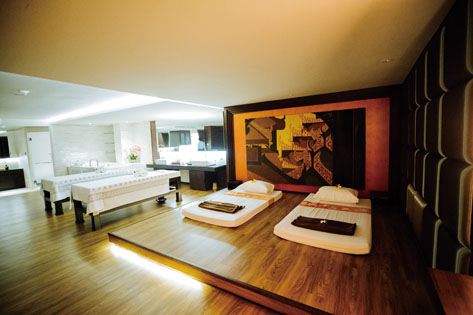
AFTER MEETINGS, IT'S TIME FOR ‘BLEISURE’
New “bleisure” activities in Pattaya include the KANN Show – a live cinematic experience inspired by Thai literature.
Cabarets – International MICE Forum Thailand (IMFT2017) delegates enjoyed song-and-dance performances by a troupe made up of Pattaya’s transgender community at the Renaissance Pattaya Resort & Spa. Thailand has long accepted its LGBT community with drag shows coming more into the mainstream. Alcazar and Tiffany are among the popular cabaret shows in town.
Walking Street – Closed to vehicles at night, Walking Street is a favourite stop on the itinerary of visitors from all backgrounds. Among transgender and other colourful characters is the regular sight of Chinese tour groups led by a guide. There is a host of people-watching opportunities from the open-fronted bars and restaurants, including western, or falang, officers of the Tourist Police. These are volunteers who are long-term residents of Thailand and able use their foreign-language skills to help tourists and assist their Thai colleagues.
Health Land Spa Pattaya – A visit to Thailand would hardly be complete for your groups without a Thai massage. Health Land is a landmark in Pattaya and keeps the principles of wellness to the fore.
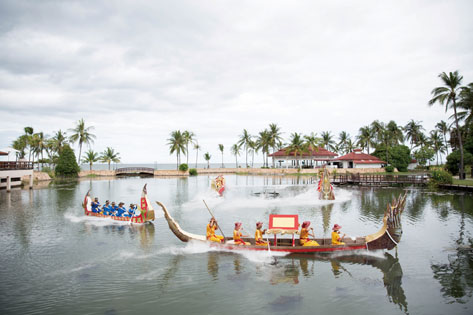
RAMA RETREAT
Hua Hin
The royal summer retreat of Hua Hin is a quieter alternative to Pattaya with a tone that befits the palace and its surrounding grounds. Hua Hin now has another role – as the second point of Thailand’s new MICE triangle with ferry services introduced this year across the Gulf of Thailand aimed at boosting tourism between the provinces of Chonburi – on the Eastern Seaboard – and Prachuap Khiri Khan.
Planners would do well to check weather forecasts if groups want to avoid a two-hour crossing over rough seas, but the alternative road route from Pattaya to Hua Hin takes about five hours. Other destinations, such as Hong Kong and Macau, are served by jetfoils that provide a smoother and faster crossing – an option the authorities might consider if they want to encourage business event groups to take the passage across the Gulf of Thailand.
Welcomes and farewells
To treat groups to more animated and diverse variations of the Thai welcome, Dusit Thani Hua Hin makes a gala out of traditional hospitality. This starts with a streetfood-style welcome with hawkers offering baskets of treats to the arriving group. This continues in the lobby with a song-and-dance welcome from staff as the group enjoys a cooling coconut or fruit drink.
And it doesn’t stop there, as this is no ordinary hotel inspection. Through the grand, regal-style corridors of the Dusit Thani, groups can pause to take in a Baywatch-themed routine from the hotel’s fitness and spa staff. Just outside at the pool and terrace areas there is more action, this time from a group of Muay Thai athletes displaying moves underneath a fountain.The photo opportunities climax with a mesmerising royal-boat themed gala based on Rama legend and performed on a lake overlooked by the hotel’s Garden Dining venue and terrace.
For groups departing the hotel, performers can also bid a heartfelt and uplifting farewell.
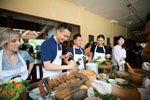 Self-cooking, and serving – Groups choosing the Garden venue can use a self-cooking programme the Dusit Thani Hua Hin has devised as an ice-breaker. Participants are given a menu and recipe suggestions with cooking stations along the terrace where chefs can help and advise with sauces, flavouring, cooking methods and more.
Self-cooking, and serving – Groups choosing the Garden venue can use a self-cooking programme the Dusit Thani Hua Hin has devised as an ice-breaker. Participants are given a menu and recipe suggestions with cooking stations along the terrace where chefs can help and advise with sauces, flavouring, cooking methods and more.
HUA HIN HOTEL UPDATES
Hua Hin Marriott Resort and Spa – The separate reception leading to the ballroom and foyer can be used by groups. There are five meeting rooms with the ballroom divisible into three venues. The 322-guest room resort is popular with both families and corporate groups, largely depending on the season, and there is an adults-only swimming pool hedged off from a lawn that can be used for yoga, fitness routines or teambuilding. Other spaces available for groups include the Beach Terrace on a platform overlooking the beach and Gulf of Thailand to the front, and one of the hotel’s pools to the rear.
Radisson Blu – Carlson Rezidor opened the 118-guest room property in November 2016 with all the meeting rooms, including the Aqua Ballroom, benefiting from daylight. There are also Radisson’s “Brainbox” meeting concepts that encourage out-of-the-box thinking and collaboration. This extends to meeting breaks with nutritious, locally sourced food.
So Hua Hin Sofitel – The welcomes continue at this designer beachside retreat with its 78 rooms and pool villas. Groups can dispense with the registration and unpacking to go straight to beachside to enjoy Co Co So (coconut). Shoulder massages as delegates look out to the beach and Gulf of Thailand are an extra treat before lunch or dinner at the Beach Society and White Oven restaurants.
Local sights
Go by rail – Another landmark that makes Hua Hin unique is the historic train station that was built 91 years ago to serve the royals and nobility making their summer retreat from Bangkok. The brightly painted wooden buildings are Thai in concept but with an atmosphere harkening back to the British Victorian era when they were built.
Palaces and gardens – Visits can be arranged to palaces, gardens and – for bargains and unique creations – Hua Hin night market. Maruethaiyawan Palace, for instance, was built in the early 1920s and designed with high ceilings, verandas and intricate latticework.
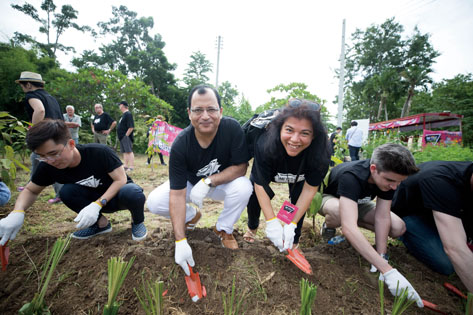
PLANT OR CATAPULT SEED PELLETS FOR SUSTAINABILITY
SOMDET Phra Srinagarinda Park Sam Phraya helps educate local farmers on sustainability and effective crop cultivation. It is also a live natural history museum with lecture facilities for visiting groups.
The prime appeal for delegates lies in its community engagement activities and opportunities to carry out Corporate Social Responsbility projects that can also be combined with teambuilding.
Planting shrubs, trees and other food sources is one of the most common agri-based CSR activities to be found in Asia, but the staff and workers at Sam Phraya like to offer an age-old weapon to add excitement. The catapult, however, is put to the more peaceful purpose of seed dispersal.
Participants can mould seed pellets to the best weight and shape before they are let loose with the catapult. The venue’s experts are at a safe distance to advise on the best direction and how to take the shot, which is basically stretch, aim high and avoid the brooks beneath the trees.
Farm workers also sell produce, ranging from fried root vegetables,
lemon-grass and other juices and vital herb-based lotions.
The facility is also one of the cherished royal initiatives that have done so much to help rural areas and heighten awareness of biodiversity and better farming methods
